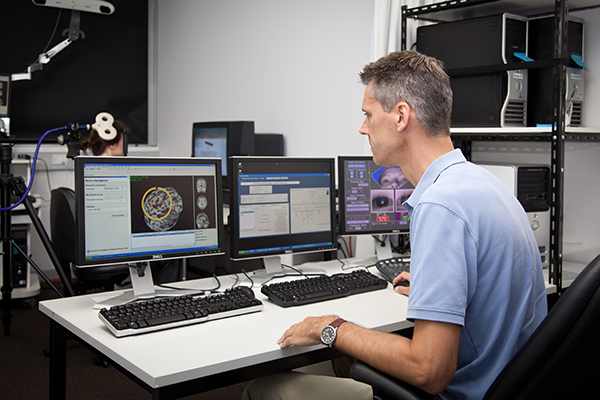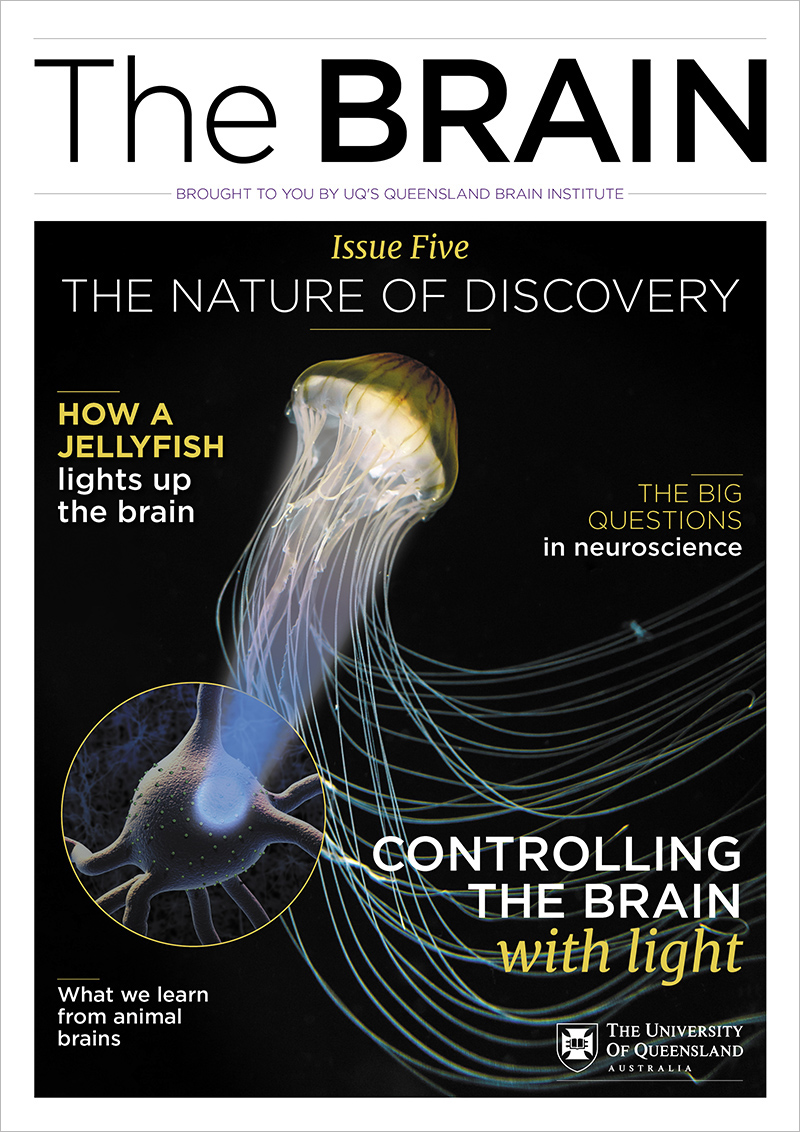How the human brain adapts to external stimulation – an important mechanism for species survival – has been made clearer by University of Queensland (UQ) research.
Queensland Brain Institute (QBI) researchers Dr Reuben Rideaux and Professor Jason Mattingley have discovered that two distinct processes are triggered in the human brain when exposed to prolonged or repeated sensory inputs.
“When light enters the eye, neurons in visual areas of the brain begin to fire and scientists have long debated whether the brain adapts to this prolonged input because the neurons get fatigued, or instead fire more selectively to sharpen perception, Dr Rideaux said.
“Our work has shown for the first time that both processes occur, but they become active at different points in time.”
- Don't think twice about changing your mind
- Neuroscience takes a hoof forward with brain-monitoring device
The research team designed an experiment to measure a phenomenon called the tilt-aftereffect - a visual illusion in which prolonged exposure to a visual stimulus causes shifts in subsequent perceived orientations.
“If you stare for a few seconds at a patch of black and white stripes rotated slightly clockwise from vertical, and then look at a perfectly vertical pattern, those vertical stripes will appear to be tilted slightly counter clockwise,” Dr Rideaux explained.

Sensory adaptation like a jigsaw
The electrical activity of volunteers’ brains was measured using electroencephalography (EEG) at the start of the experiment and again after looking at the patterns.
The results were compared against a sophisticated, computational model of a working brain.
“We simulated different hypotheses for how adaptation changes brain activity and discovered that neither the ‘fatigue’ nor the ‘sharpening’ account alone could explain what was happening." Dr Rideaux said.

“But when we combined the two, we started to see a match.
“We discovered visual neurons initially show fatigue during the adaptation phase, but after a few hundred milliseconds, behave in a manner that suggests they are sharpening perception.”
Professor Mattingley said the process could be compared to completing a jigsaw puzzle.
“Normally you have some idea of what the puzzle should look like when its finished, but while you’re putting the pieces together you must pay attention to the fine details on each piece,” Professor Mattingley said.
“The brain combines information about what the final image might look like with the incoming sensory information conveyed by the eyes, allowing us to recognise what we’re seeing.”
Sensing when things go wrong in the brain
Professor Mattingley said the results helped explain one of the most intricate processes in the brain and provided a platform for further research into what happens when brain damage or disease causes the system to break down.
“Most of us can recognise familiar objects and sounds effortlessly, but the computations the brain needs to perform are very complicated and not well understood,” Professor Mattingley said.
“Having a better understanding of how sensory systems work in a healthy brain can tell us more about what happens when the system malfunctions, paving the way to better diagnosis and treatment of sensory impairments in the future.”
The research was first published in Proceedings of the National Academy of Sciences.




